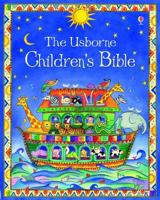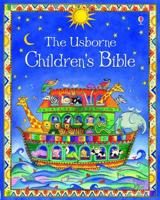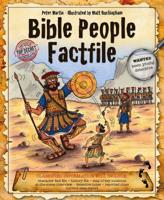Publisher's Synopsis
The New Testament Translated From the Original Greek, With Chronological Arrangement of the Sacred Books, and Improved Divisions of Chapters and Verses.
- The New Testament (Ancient Greek: Ἡ Καινὴ Διαθήκη, transl. He Kainḕ Diathḗke; Latin: Novum Testamentum) is the second part of the Christian biblical canon, the first being the Old Testament. The New Testament discusses the teachings and person of Jesus, as well as events in first-century Christianity. Christians regard both the Old and New Testaments together as sacred scripture.
- The New Testament is a collection of Christian texts originally written in the Koine Greek language, at different times by various different authors. While the Old Testament canon varies somewhat between different Christian denominations, the 27-book canon of the New Testament has been almost universally recognized within Christianity since at least Late Antiquity. Thus, in almost all Christian traditions today, the New Testament consists of 27 books: the four canonical gospels (Matthew, Mark, Luke, and John), the Acts of the Apostles, the fourteen epistles of Paul, the seven catholic epistles, and the Book of Revelation.
- The earliest known complete list of the 27 books of the New Testament is found in a letter written by Athanasius, a 4th-century bishop of Alexandria, dated to 367 AD. The 27-book New Testament was first formally canonized during the councils of Hippo (393) and Carthage (397) in North Africa. Pope Innocent I ratified the same canon in 405, but it is probable that a Council in Rome in 382 under Pope Damasus I gave the same list first. These councils also provided the canon of the Old Testament, which included the apocryphal books.
- There is no scholarly consensus on the date of composition of the latest New Testament texts. Conservative scholars John A. T. Robinson, Dan Wallace, and William F. Albright dated all the books of the New Testament before 70 AD. But most scholars date some New Testament texts much later than this. For example, Richard Pervo dates Luke-Acts to c. AD 115, and David Trobisch places Acts in the mid- to late second century, contemporaneous with the publication of the first New Testament canon.
Translated From the Original Greek by Leicester Ambrose Sawyer
This edition includes:
- THE HISTORICAL BOOKS OF THE NEW TESTAMENT.
- The Gospel of Matthew
- The Gospel of Mark
- The Gospel of Luke
- The Gospel of John
- Acts of the Apostles
- THE EPISTLES OF PAUL.
- First Epistle to the Thessalonians
- Second Epistle to the Thessalonians
- The Epistle to the Galatians
- First Epistle to the Corinthians
- Second Epistle to the Corinthians
- The Epistle to the Roman
- The Epistle to Philemon
- The Epistle to the Colossians
- The Epistle to the Ephesians [Laodiceans]
- The Epistle to the Philippians
- The Epistle to Titus
- First Epistle to Timothy
- Second Epistle to Timothy
- THE CATHOLIC EPISTLES.
- The Epistle of James
- First Epistle of Peter
- Second Epistle of Peter
- The Epistle of Judas
- First Epistle of John
- Second Epistle of John
- Third Epistle of John
- The Epistle to the Hebrews
- REVELATION










